This 3D Model consists of files in StereoLithography (.Stl) format that is optimized for 3D printing.
Before printing the files, we strongly recommend reading the PRINTING DETAILS section.
T-70 X-Wing 3D Printing Model comes in 4 versions for each 3D printer type (FFF/FDM, DLP/SLA and SLS). Files for each version are available for download after the purchase.
Detailed information about this 3D printing model is available in the DESCRIPTION section.
ABOUT THIS 3D MODEL
T-70 X-Wing is a successor to the signature T-65B starfighter that was initially manufactured for New Republic Defense Fleet. Similar to its predecessor, T-70 is equipped with a laser cannon on each wing and can boast of its hyperdrive capability and life-support system. The starfighter is designed for a single pilot and an astromech droid who fits into a socket near the engines to assist with repairs or even take over the flight. The author of the model for 3D printing mentioned that it is the BB-8 droid that he placed in the socket who was known to accompany his pilot Poe Dameron during flights on the T-70 X-wing starfighter. In addition to the newly introduced T-70’s signature built-in dual proton torpedo launchers, the X-Wing features advanced weaponry and proves to be versatile and manoeuvrable enough fighting both starfighters and capital ships. These are the advances that were widely used by the Resistance’s Starfighter Corps after the ship’s retirement making the X-Wing a signature combat aircraft of the Resistance. The author of the T-70 X-Wing model for 3D printing spent 130 hours in total to depict the design of one of the most famous starfighters from the Star Wars universe. The 3D printing model of T-70 X-Wing is remarkable for its incredible level of detail. Just imagine how your fleet inspired by the universe far far away will gain by the iconic starfighter!
ADAPTATION FOR 3D PRINTING
T-70 X-Wing model for 3D printing is an articulated assembly model and its moderation and adaptation for different types of 3D printers took Gambody team 35 hours in total. The model’s cutting was chosen to minimise the amount of filament needed for generated support. Moreover, for you to receive the cleanest printing result possible the starfighter was divided into many assembly parts, e.g. laser cannons, proton torpedo launchers, landing gear parts and even BB-8 astromech who occupies his designated place are provided as separate STL files. For you to display the X-Wing model among your starships collection there is a platform, though its usage is optional - you can also assemble the fighter with landing gear instead of using caps. The model’s wings can fold and unfold and X-Wing’s canopy is also articulated for you to display the starfighter in different modes. There can also be found special tunnels throughout the whole model that were designed by our team for you to easily introduce LED wiring. All the assembly parts are provided in STL files in recommended positions that were worked out so to ensure the smoothness of the details’ surfaces after printing and so that the 3D printing beginners won't face difficulties when placing the parts on a build plate.
The model is saved in STL files, a format supported by most 3D printers. All STL files for 3D printing have been checked in Netfabb and no errors were shown.
The model's scale was calculated from the T-70 X-Wing's actual length that is 12480 mm. The 3D printing model's chosen scale is 1/34 for the FFF/FDM version and 1/68 for the DLP/SLA/SLS versions.
VERSIONS' SPECIFICATIONS
FFF/FDM 1.0 version features:
- Contains 90 parts;
- A printed model is 114 mm tall, 323 mm wide, 375 mm deep;
- Assembly kit includes pins and locks to connect parts securely without glue. One pin 86_pin_(x11) needs to be printed 11 times and one lock 87_Ge_lock_10H_(21) needs to be printed 21 times;
- Made with articulated wings and two alternative types of articulated canopy - one is designed with glass to be printed with transparent filament, the other is a simple frame;
- Tunnels throughout the starfighter are provided for LED wiring;
- Can be assembled with or without landing gear and displayed on a special platform;
- All parts are divided in such a way that you will print them with the smallest number of support structures.
DLP/SLA 1.0 version features:
- Contains 19 parts;
- A printed model is 57 mm tall, 162 mm wide, 188 mm deep;
- Can be assembled with or without landing gear and displayed on a special platform;
- Wings and canopy are articulated;
- All parts are divided in such a way to fit the build plates and to ensure that support structures are generated where needed.
DLP/SLA Eco 1.0 version features:
- Contains 19 parts;
- A printed model is 57 mm tall, 162 mm wide, 188 mm deep;
- Can be assembled with or without landing gear and displayed on a special platform;
- Wings and canopy are articulated;
- Contains some hollowed out parts to save resin.
SLS 1.0 version features:
- Contains 4 parts - a one-piece model with a) the wings unfolded, b) the wings folded + landing gear, c) the wings folded, d) the platform separated.
- Made as a solid one-piece model;
- A printed model is 57 mm tall, 162 mm wide, 188 mm deep;
WHAT WILL YOU GET AFTER PURCHASE?
- STL files of T-70 X-Wing Model for 3D printing which consist of 132 parts;
- 4 versions of files for this model for FFF/FDM, DLP/SLA and SLS printers;
- High-poly detailed model of T-70 X-Wing;
- Detailed settings that we provide as a recommendation for Cura , Simplify3D and Slic3r for the best print;
- Full technical support from the Gambody Support Team.
You can get the model of T-70 X-Wing for 3D Printing immediately after the purchase! Just click the green Buy button in the top-right corner of the model’s page. You can pay with PayPal or your credit card.
Watch the tutorial on how to assemble T-70 X-Wing 3D Printing Model at Gambody YouTube channel.
Also, you may like the other T-65B X-Wing 3D Printing Model as well as other Star Wars 3D Printing Models.
_______
FAQ:
Where can I print a model if I have no printer?
How to get started with 3D printing?
How to set up my 3D printer?
How to choose right 3D model print bed positioning?
How to paint printed figurine?
Generic
Below you can find printing recommendations for Cura, Bambu Lab, Simplify3D, Slic3r and PrusaSlicer software.
Disclaimer: The following printing settings are a recommendation, not an obligation. The parameters can vary depending on the peculiarities of your 3D printer, the material you use, and especially the particular assembly part you are working with. Each part that any model comprises often needs preliminary review, and you are free to tweak the settings the way you find suitable.
Note:
You can scale up the model (downscaling for FFF/FDM 3D printers is not recommended!);
All connectors should be printed at 100% Infill.
Bambu Lab printing recommendations:
These basic 3D printing settings recommendations for beginners were tested in Bambu Studio 1.9.1. Test models were printed on the Bambu Lab A1, Bambu Lab A1 Mini, Creality Ender 3 S1, Anycubic Kobra 2, and Anycubic Vyper using PLA and PETG filaments.
To avoid printing problems, we recommend the following settings: download
Cura printing recommendations:
These are averaged settings which were tested in the Cura 5.2.1 slicer. Test models were printed on Anycubic Vyper, Creality Ender 3 Pro with PLA filament.
To avoid printing problems, we recommend the following settings: download
Simplify3D printing recommendations:
These are averaged settings which were tested in the Simplify3D 5.0.0 slicer. Test models were printed on Anycubic Vyper, FLSUN v400, Ender3 S1 with PLA filament.
To avoid printing problems, we recommend the following settings: download
Slic3r printing recommendations:
These basic 3D printing settings recommendations for beginners were tested in Slic3r 1.3.0 software. Test models were printed on Ultimaker 2, Creality Ender 3, Creality Cr-10S pro v2, Anycubic I3 Mega, Anycubic I3 MegaS, Anycubic Vyper with PLA and PetG filaments.
To avoid printing problems, we recommend the following settings: download
PrusaSlicer printing recommendations:
These basic 3D printing settings recommendations for beginners were tested in PrusaSlicer 2.3.1. Test models were printed on Ultimaker 2, Creality Ender 3, Creality Cr-10S pro v2, Anycubic I3 Mega, Anycubic I3 MegaS, Anycubic Vyper with PLA and PETG filaments.
To avoid printing problems, we recommend the following settings: download

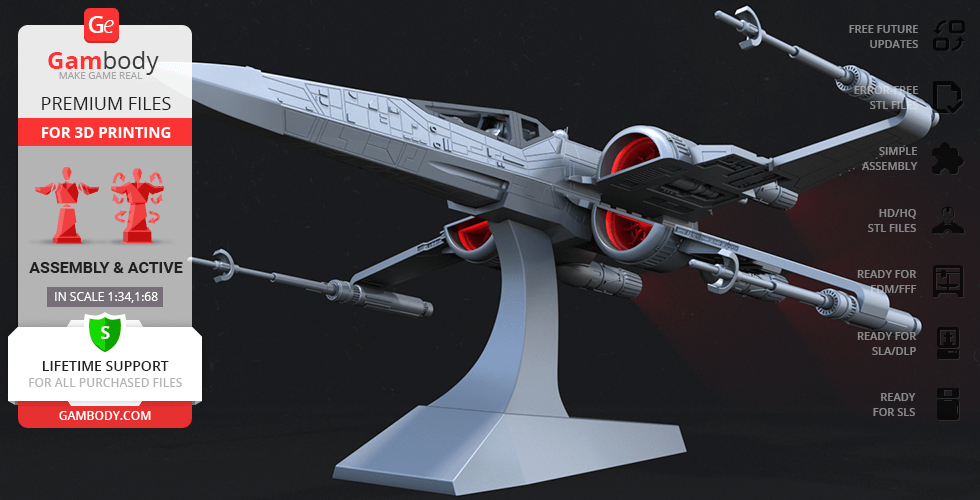
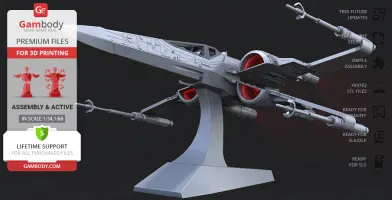

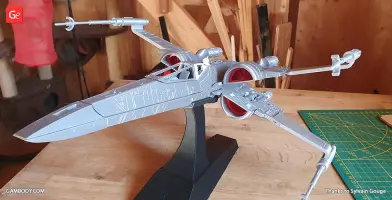
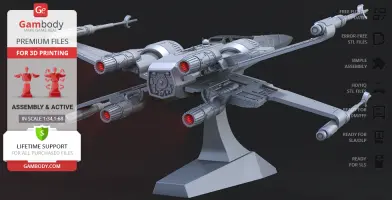
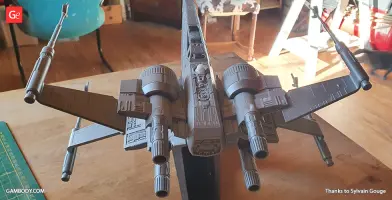
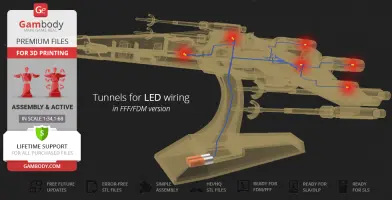

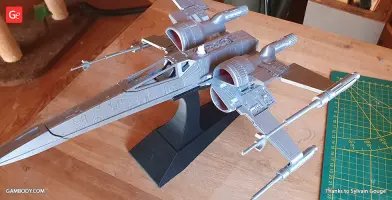
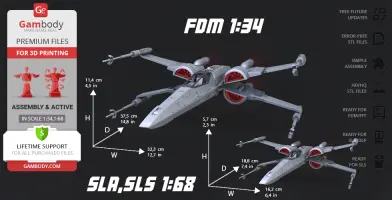
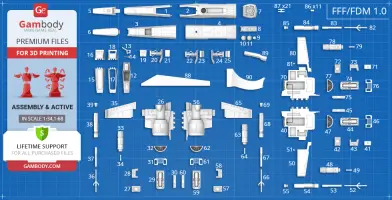
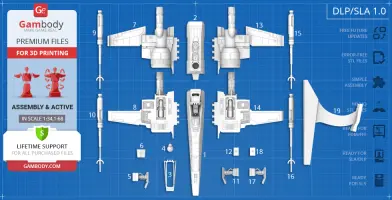
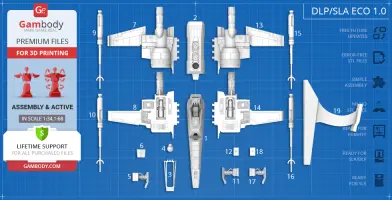
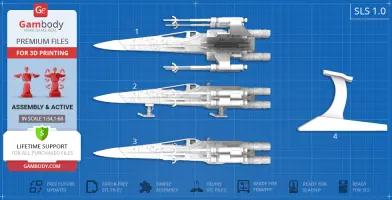
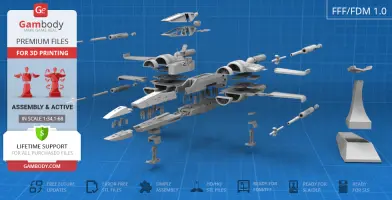


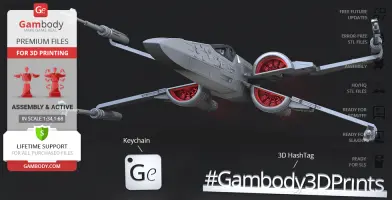
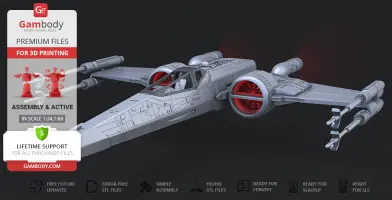
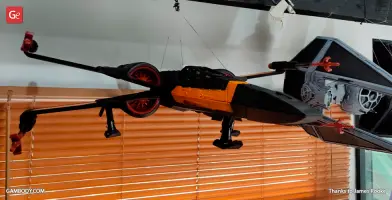

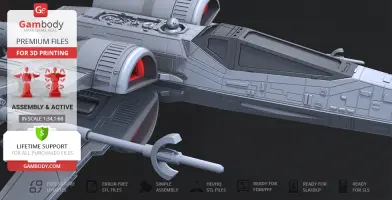

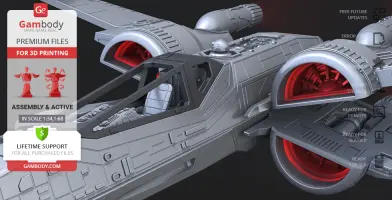
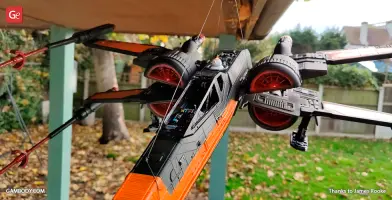
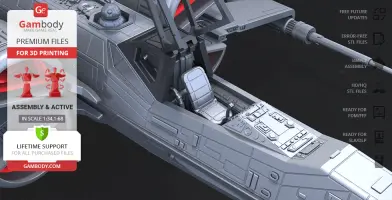
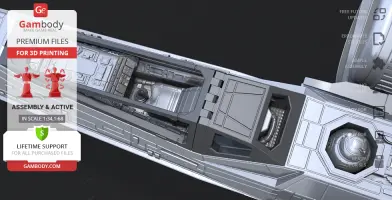
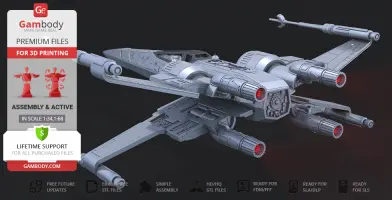
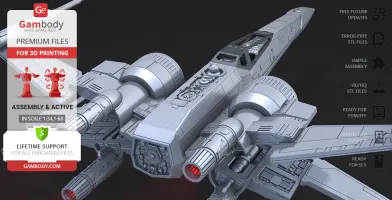
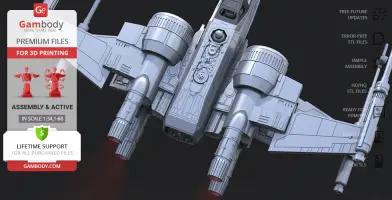
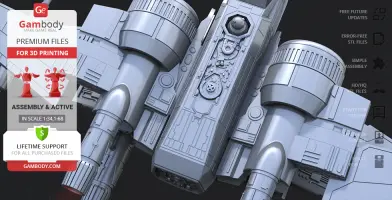
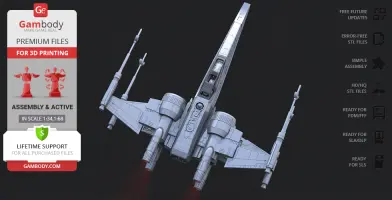
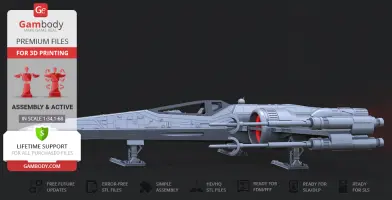
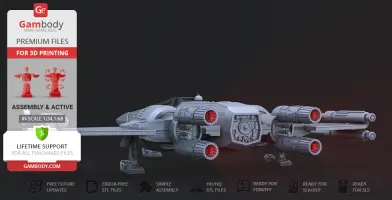
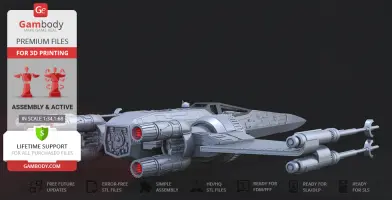
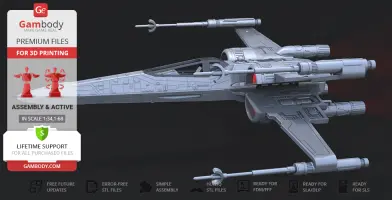
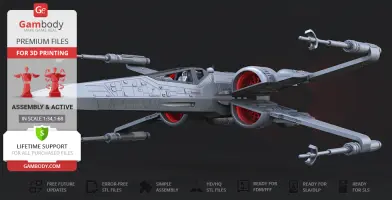
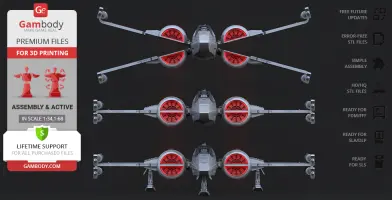
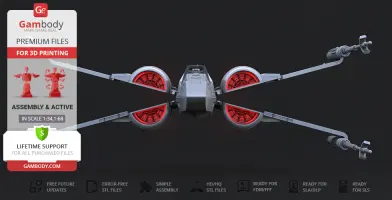
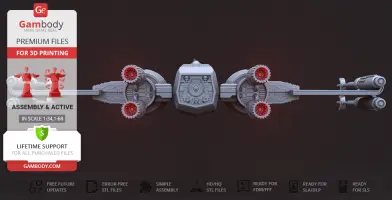
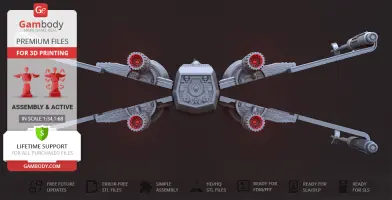
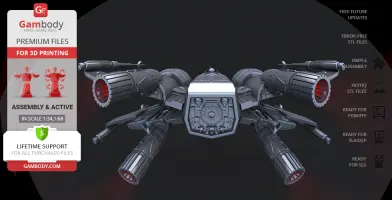
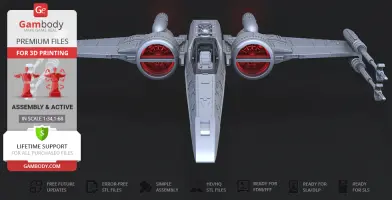
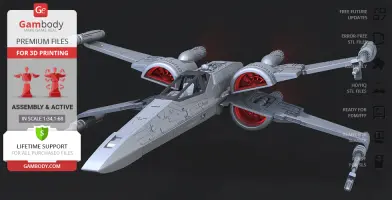
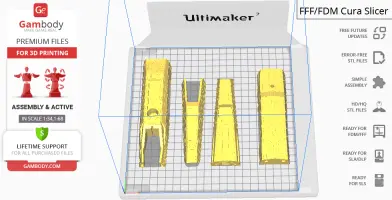
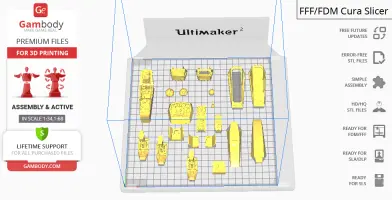
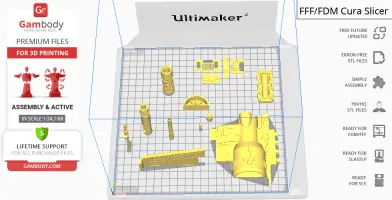
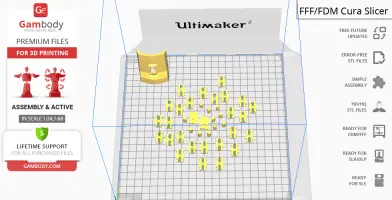
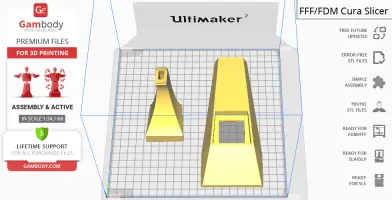
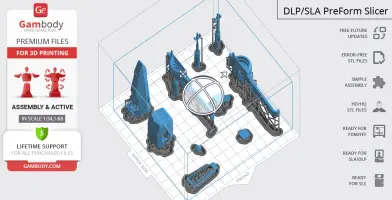
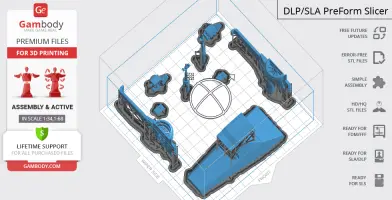




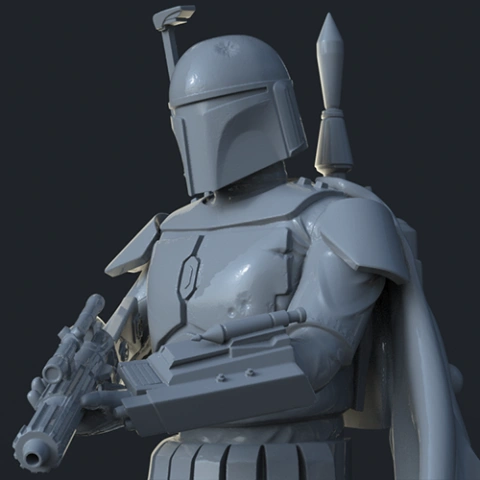
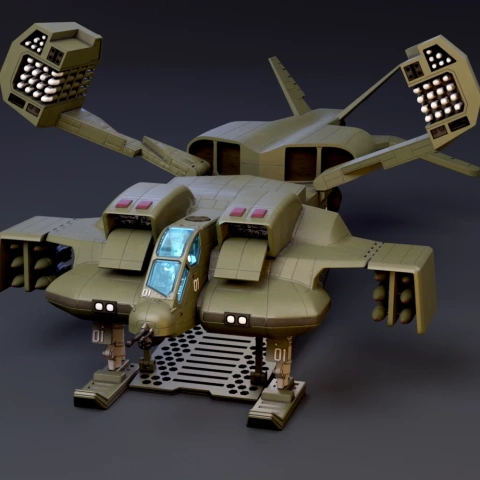
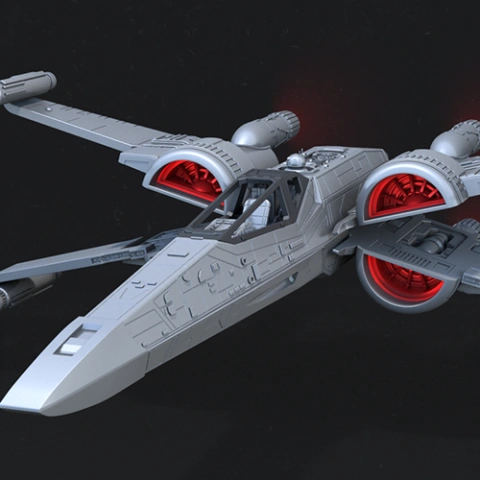

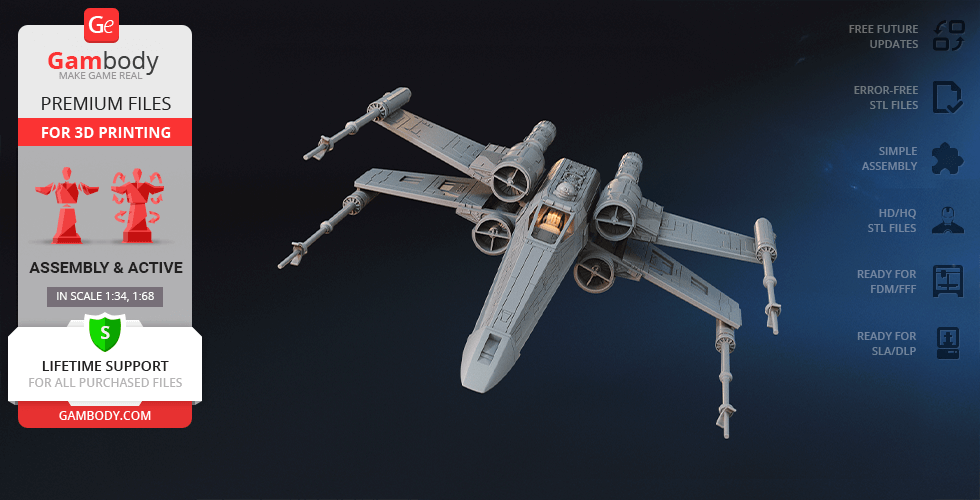
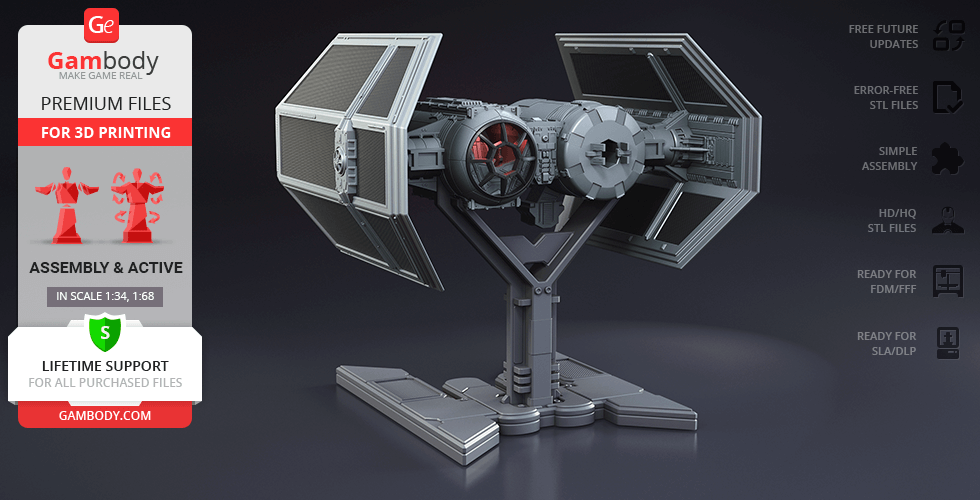
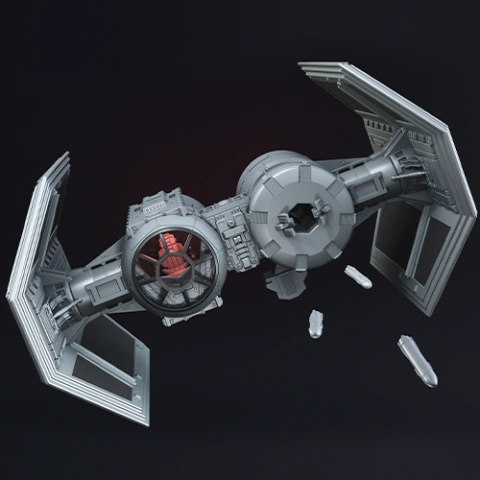
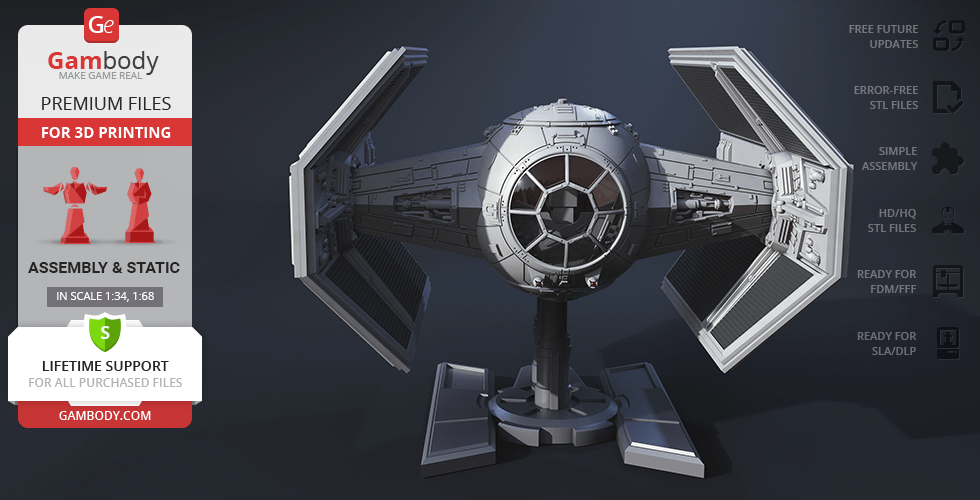
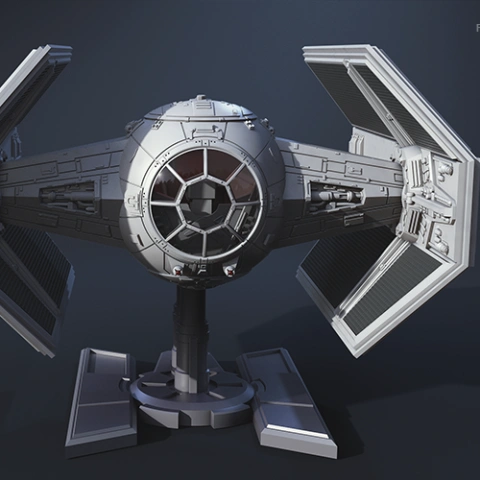
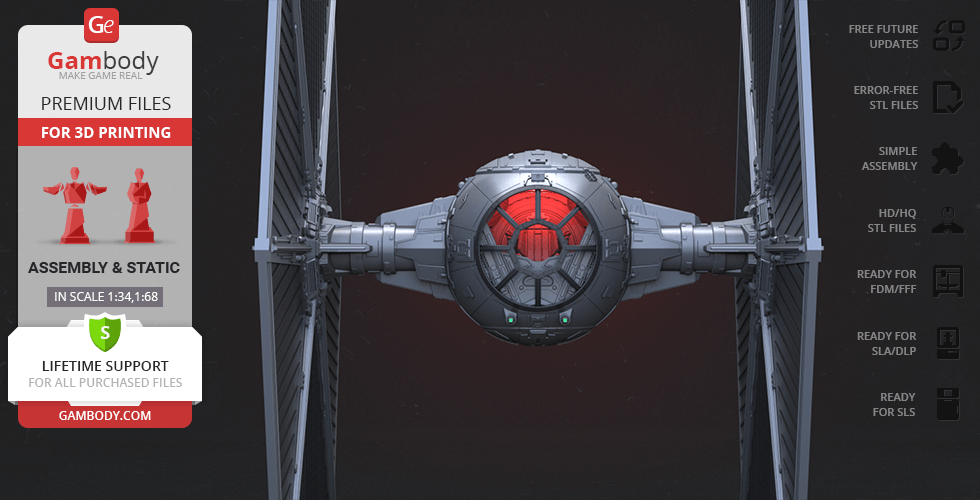
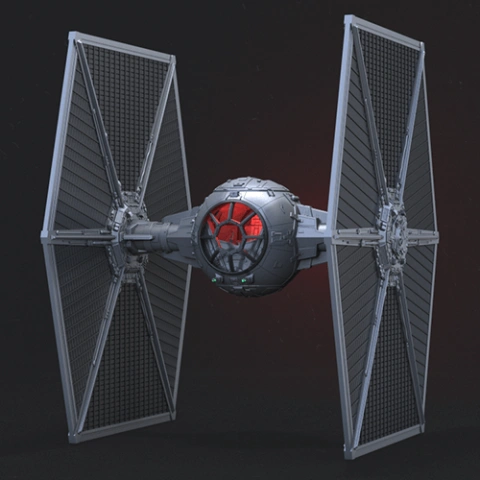
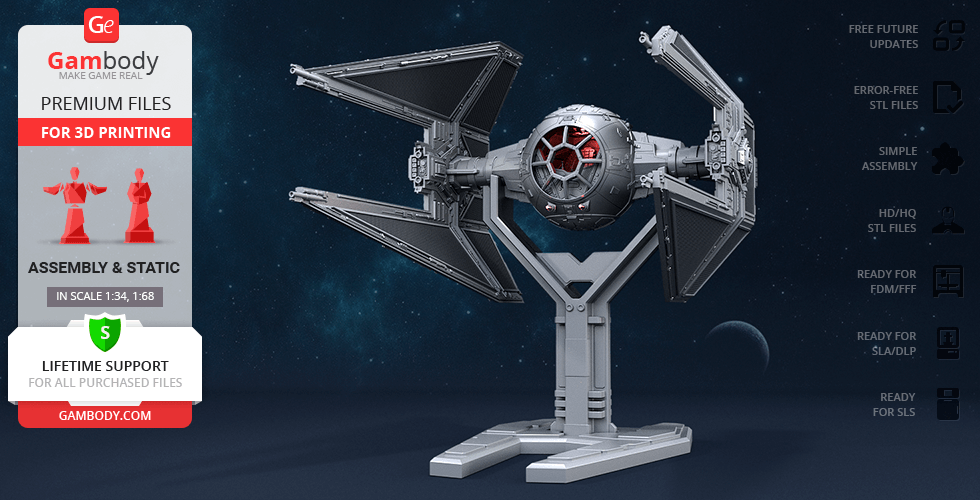
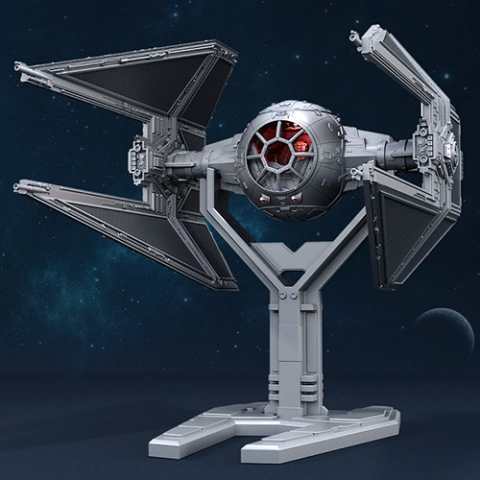
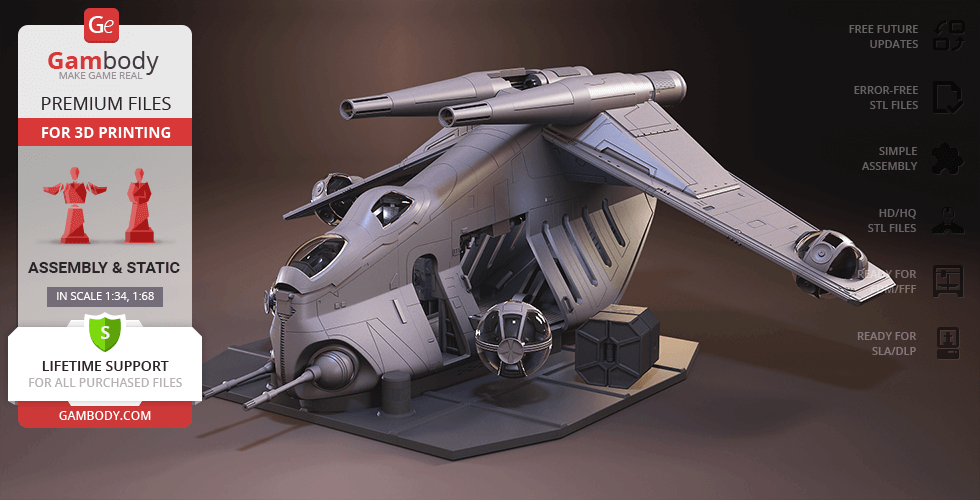

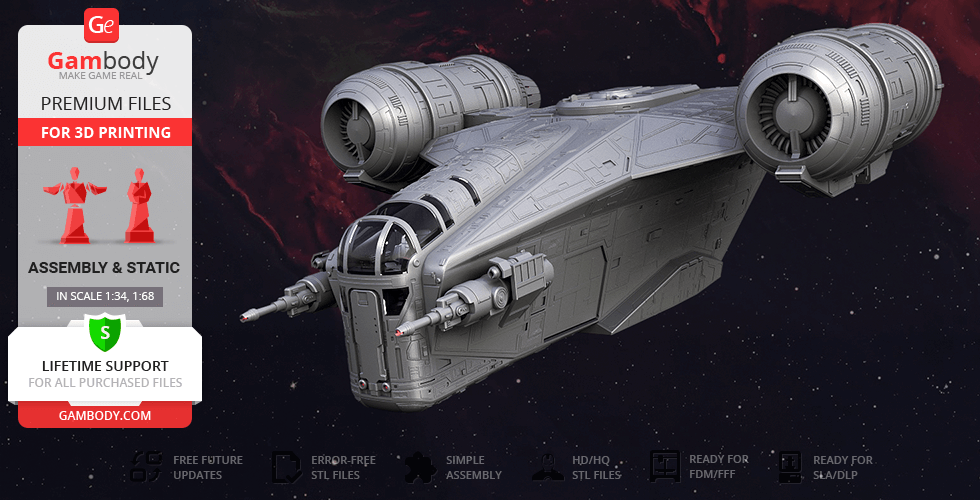
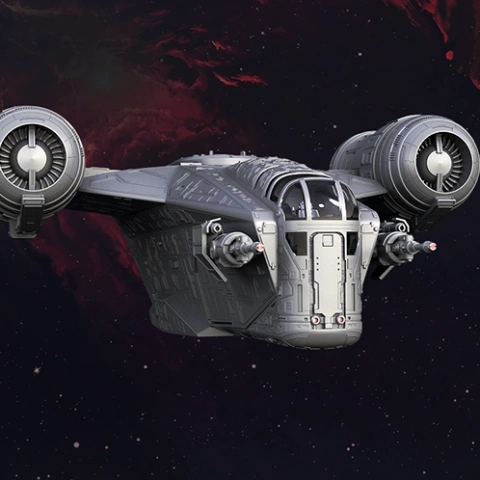
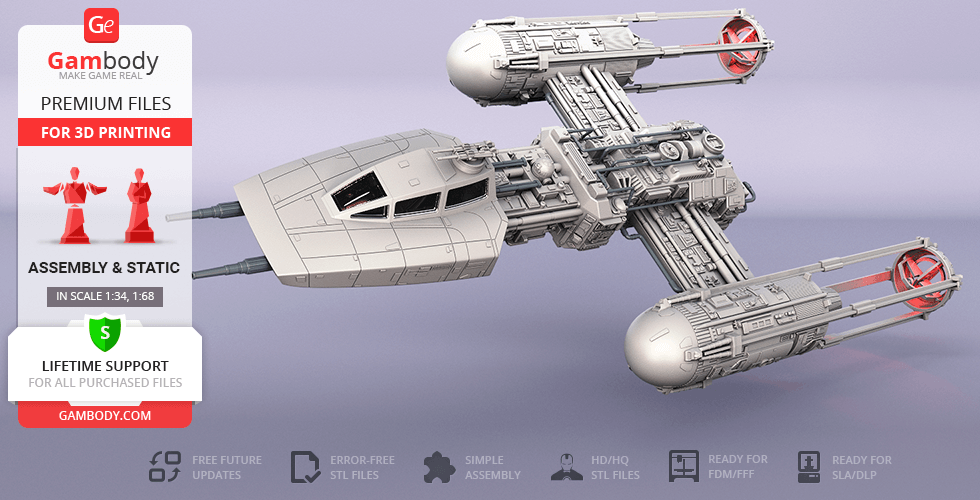
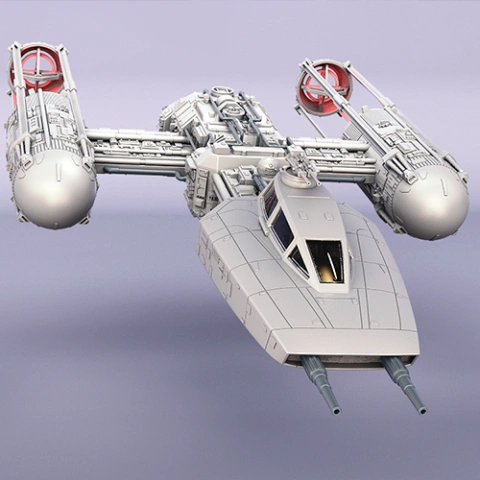
Comments